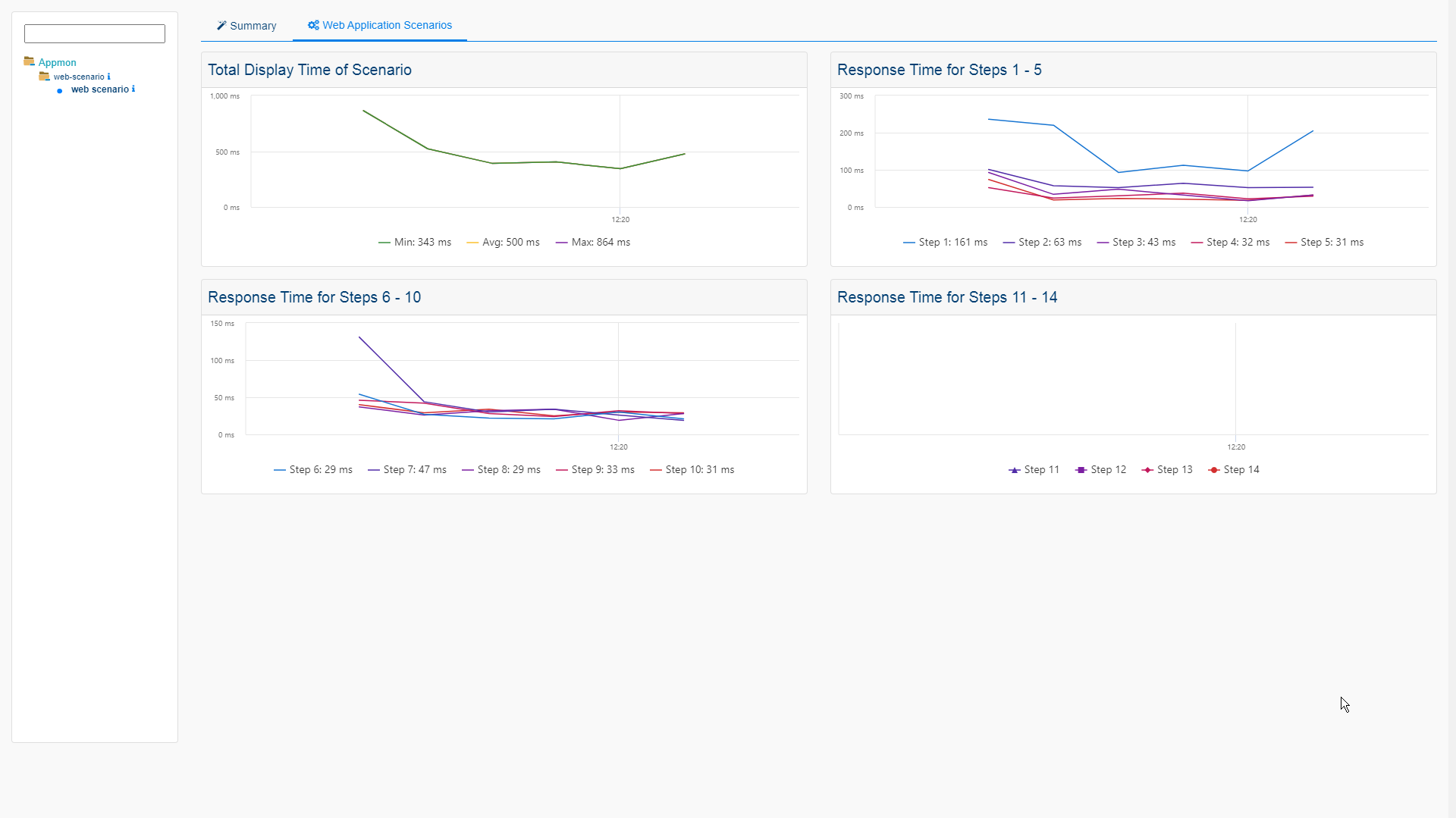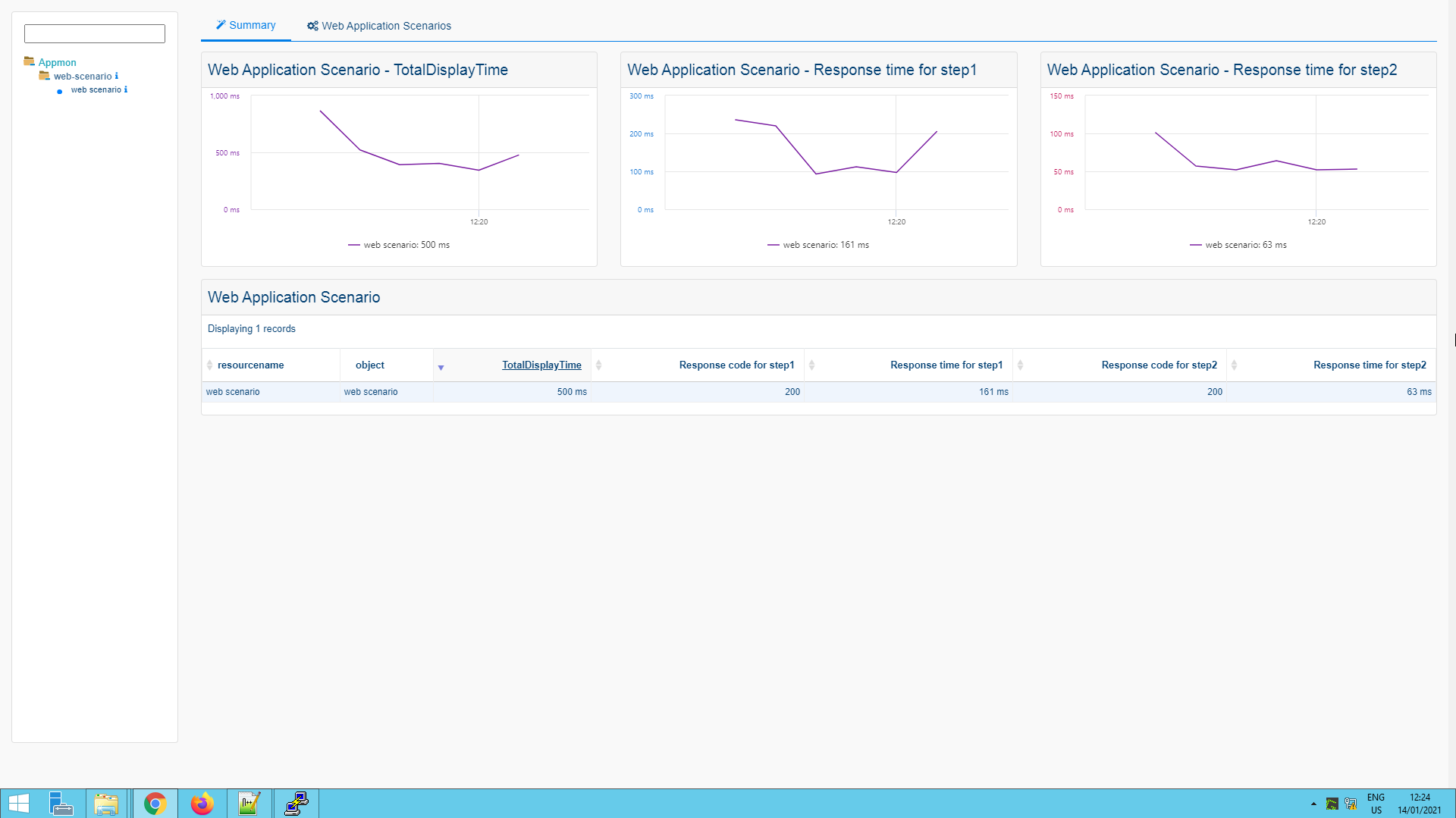What is a Web Scenario?
A web scenario is a sequence of HTTP requests, or "steps", that are executed in a predefined order by the ServicePilot Agent. These steps simulate user interactions with a website or web application, allowing for comprehensive monitoring and testing of web performance. This can be particularly useful for ensuring that critical workflows, such as user registration or checkout processes, are functioning correctly.
If the websites being monitored are only accessible via a proxy, the ServicePilot Agent can route the requests through the specified proxy. This allows for accurate monitoring of web scenarios in a variety of network configurations. By simulating real user interactions, web scenarios can provide valuable insights into user experience and application performance.
Web scenarios can be used to monitor a variety of metrics, such as response time, error rates, and availability. They can also be used to perform functional testing, ensuring that web applications behave as expected under different scenarios. By regularly monitoring and testing web scenarios, organizations can proactively identify and address issues, leading to improved user satisfaction and operational efficiency.
How to monitor Web Application Scenario?
ServicePilot makes it easy to monitor Web Application Scenario with no configuration required on the target server. A resource of the user-web-scenario package then needs to be added via the ServicePilot web interface.
ServicePilot Web Scenario monitoring supports both HTTP and HTTPS. The ServicePilot Agent retrieves the target pages for each step to get only the HTML source content and the HTTP request headers of the page. JavaScript and Cookies are not processed during these requests.
Note: In case more advanced testing is required, a ServicePilot package including WebKit capabilities e.g. appmon-puppeteer is recommended.
The following metrics are collected for any web scenario:
- Status: the overall status of the web scenario
- TotalResponseTime: the total response time for the execution of all the steps in the scenario
The following metrics are collected for each step in the scenario:
- Response Code for Step #: the HTTP response code for the step
- Response Time: the response time in milliseconds for the step
Each step in the scenario can be customized as required e.g. requests to target pages can be done via GET/POST methods, with additional HTTP Headers and POST parameters. Page data and HTTP Headers can also be extracted and reused in later steps of the scenario.
How to install a web-scenario resource?
- Use your ServicePilot OnPremise installation or a SaaS account.
- Add a new web-scenario resource via the web interface (
/prmviewsor/prmresources) or via API (/prmpackagespage), the default ServicePilot agent or another agent will be provisioned automatically.
Details of the web-scenario package are located in the
/prmpackagespage of the software.
Benefits
ServicePilot enables you to deliver IT services faster and more securely with automated discovery and advanced monitoring features.
By correlating the technology WEB SCENARIO SYNTHETIC with APM and infrastructure monitoring, ServicePilot is able to provide a more comprehensive view of an organization's IT environment.
This allows IT teams to quickly identify and diagnose issues that may be impacting application performance, and take corrective action before end-users are affected.
Start with a free trial of our SaaS solution. Explore our plans or contact us to find what works best for you.





